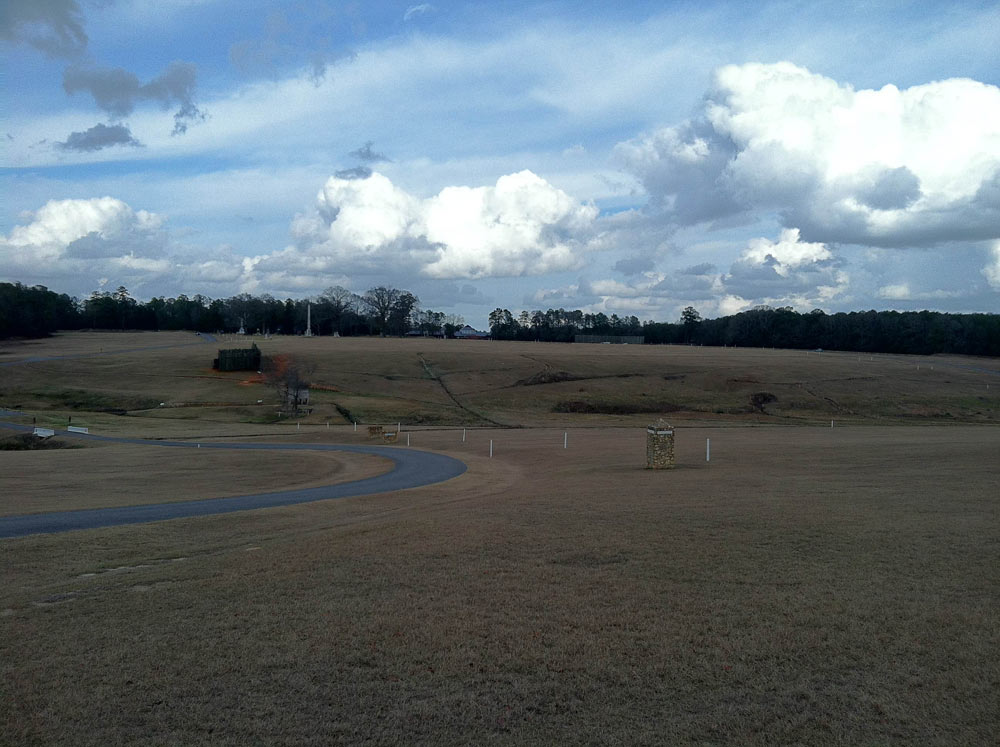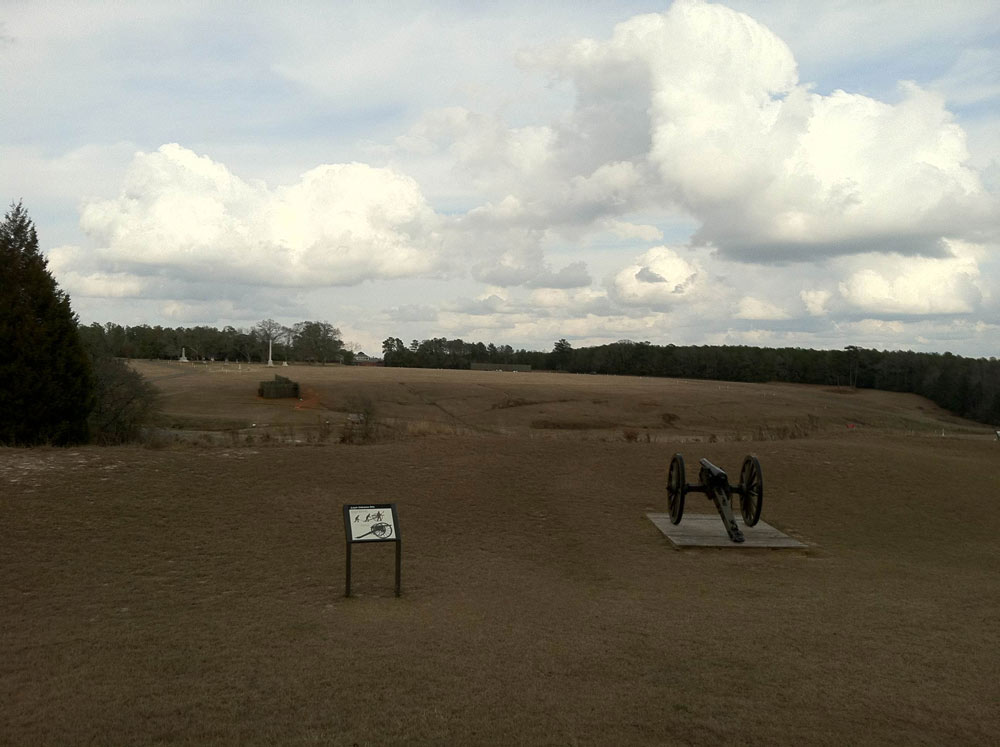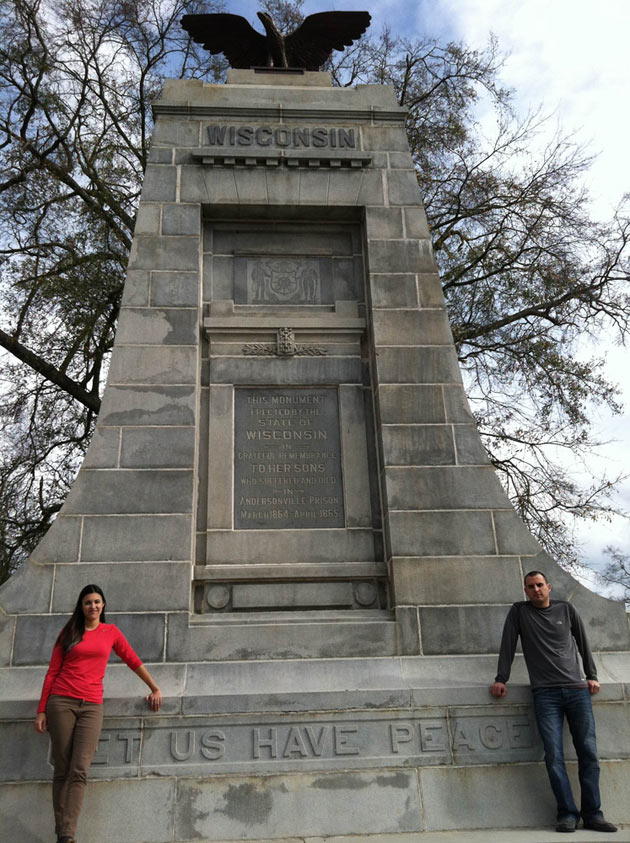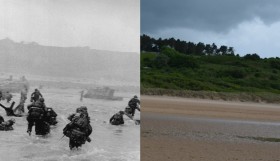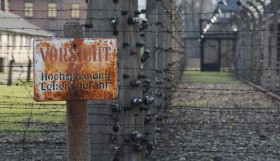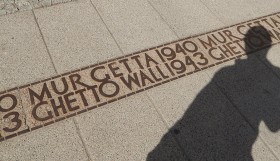The Civil War Hell Prison – Andersonville
Prisoner of war camps in the Civil War were ruthless places where thousands of young soldiers on both sides had their lives cut short by disease, starvation, and murder. The deadliest of these camps was Camp Sumter, better known as Andersonville Prison. We’ve decided to use our final day here in Atlanta to drive down to Andersonville to visit this historic place.
The drive from Atlanta to Andersonville National Park takes a little over two hours. Close enough to make it a comfortable one-day visit, but far enough away to keep it from being spoiled by urbanization. Andersonville is now a national park featuring other United States National Prisoner of War Museum, the historic prison site itself, as well as a veterans’ cemetery where over 15,000 veterans are buried (including 13,000+ that died during the prison’s 14-month lifespan).
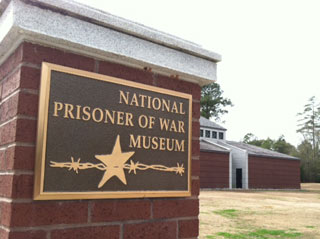 National Prisoner of War Museum
National Prisoner of War Museum
The museum does has a lot of Civil War artifacts, but it actually focuses on American POW’s from all wars, and it is one of the most interesting museums we’ve visited. Sadly, POWs aren’t one of the first things that come to mind when I think of war, and until visiting this museum, I had never really studied what exactly American POWs have gone through over the years. What stood out to me the most was that no matter how different one war may be to another war, the POW experiences always had many shockingly sad similarities. Low rations, little water, terrible conditions, long forced marches, the list goes on and on. The museum left we with a new perspective on war and this experience will most likely add a few more historical locations to my travel bucket list.
Andersonville Prison
Outside the museum is the actual 26 acre location of Andersonville Prison. The park has put together an hour-long car tour with an accompanying CD that takes you around the entire site, ending in the cemetery. I’ve read pretty extensively about the prison, so the CD didn’t do much for me, as I preferred to get out of the car at each location right away instead of waiting until the CD told me to. Highlights of the prison site include a rebuild of the prison wall in two locations, actual holes dug by prisoners in 1864, the Providence Spring memorial, a recreation of prisoner shelters, as well as all the memorials built by the States that had prisoners in this camp.
 At one point we find ourselves standing alone at the top of the hill overlooking the entire site. 26 acres sounds big, but when standing there trying to imagine 30,000 prisoners all living there with few resources is pretty crazy. Imagine being at a baseball game with a sell-out crowd. Now imagine everyone in that stadium needs to live together on the playing field for the next year. My mind hurts just thinking about it, and I will think about this prison next time I’m at a sporting event enjoying my freedom.
At one point we find ourselves standing alone at the top of the hill overlooking the entire site. 26 acres sounds big, but when standing there trying to imagine 30,000 prisoners all living there with few resources is pretty crazy. Imagine being at a baseball game with a sell-out crowd. Now imagine everyone in that stadium needs to live together on the playing field for the next year. My mind hurts just thinking about it, and I will think about this prison next time I’m at a sporting event enjoying my freedom.
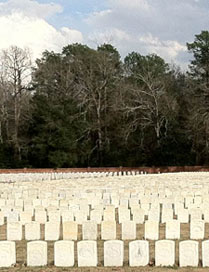 Death before dishonor
Death before dishonor
We end the day in the cemetery. This is where the whole visit starts to become very real. This story isn’t some movie, or some exaggerated tale… this prison was real, these people were real, and here they now lie. The gravestones are so damn close together, and as we drive by at 5 miles per hour, we can’t keep up with the names. Any Union prisoner here could have been released from this hell if they agreed to fight for the South… not one chose that path. The closeness of the headstones almost symbolizes how these men stuck together all the way to the end, and even in death stick together as one. It’s been nearly 150 years since these men died, but your heart aches as if they died yesterday.
The Raiders of Andersonville
To me, the most fascinating story of Andersonville was the internal conflicts that developed between imprisoned Union soldiers. As the prison population grew, gangs began forming. Known as the Andersonville Raiders, these men would attack and rob new prisoners for their supplies, food, and clothing. As the Raiders grew in strength, the rest of the prisoners decided they needed to act. They formed an internal police-like force called the Regulators. They eventually rounded up all the Raiders’ leaders, tried them with a jury of new prisoners, and sentenced them to hang. Six Raiders were hung inside the prison walls, and their bodies are buried off to the side within the same cemetery as the rest of the soldiers. The story of these Raiders and Regulators was documented in the TV mini-series Andersonville. The entire movie is available on YouTube here, and I highly recommend watching it.
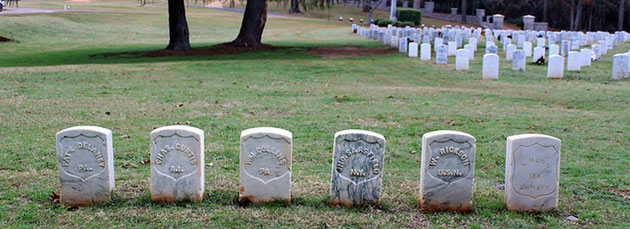
Graves of the Andersonville Raiders – Source: 65mb





